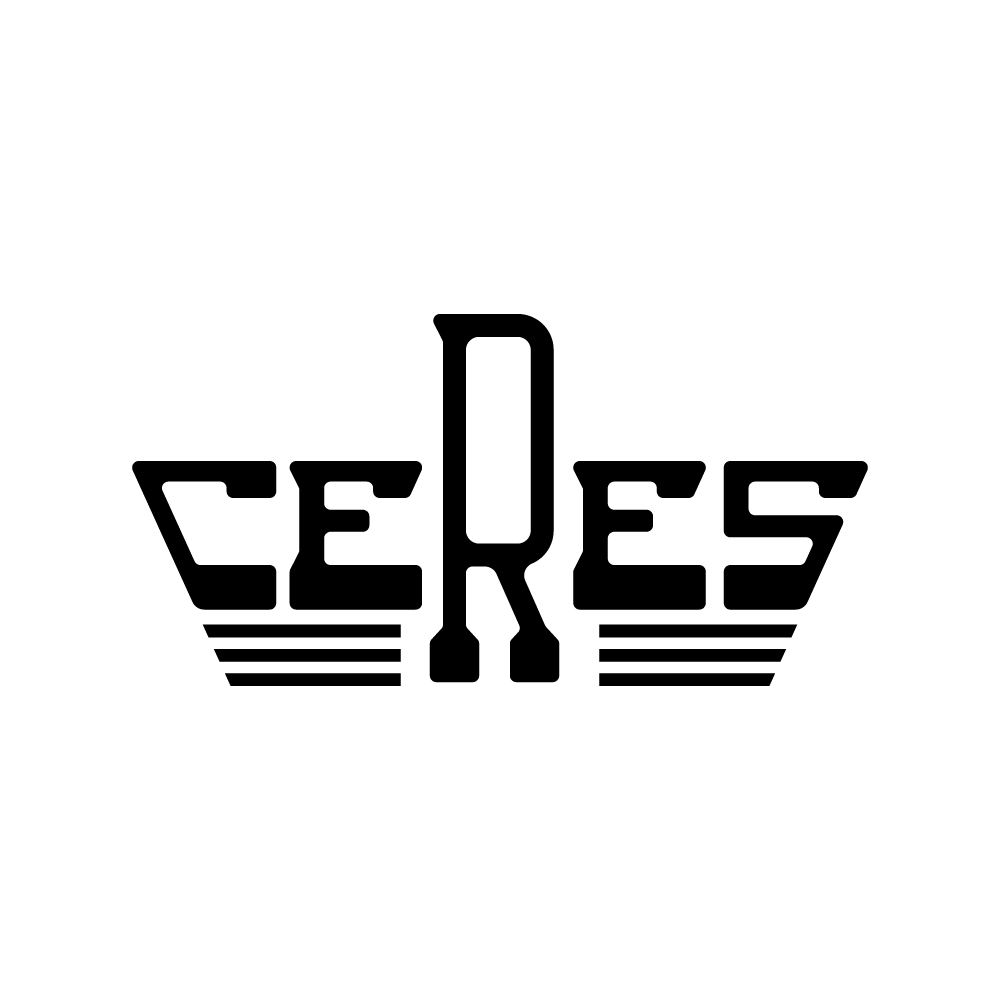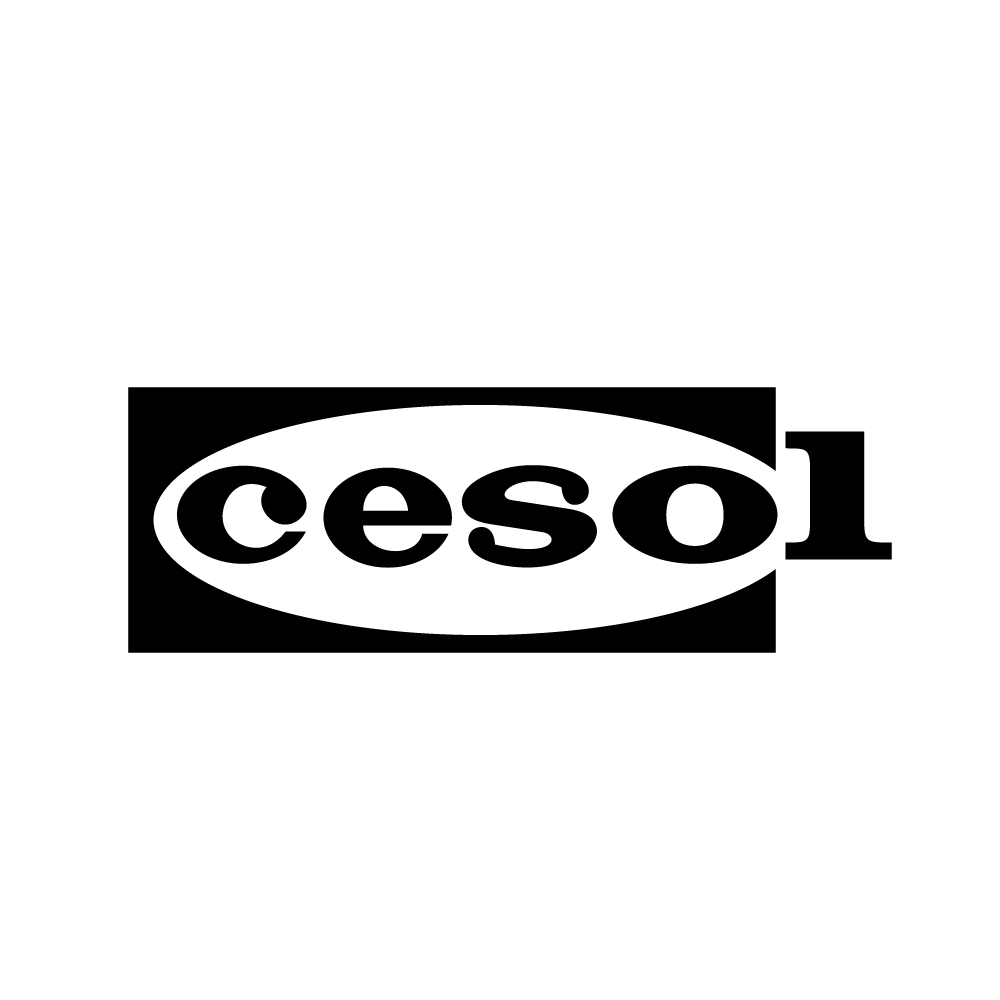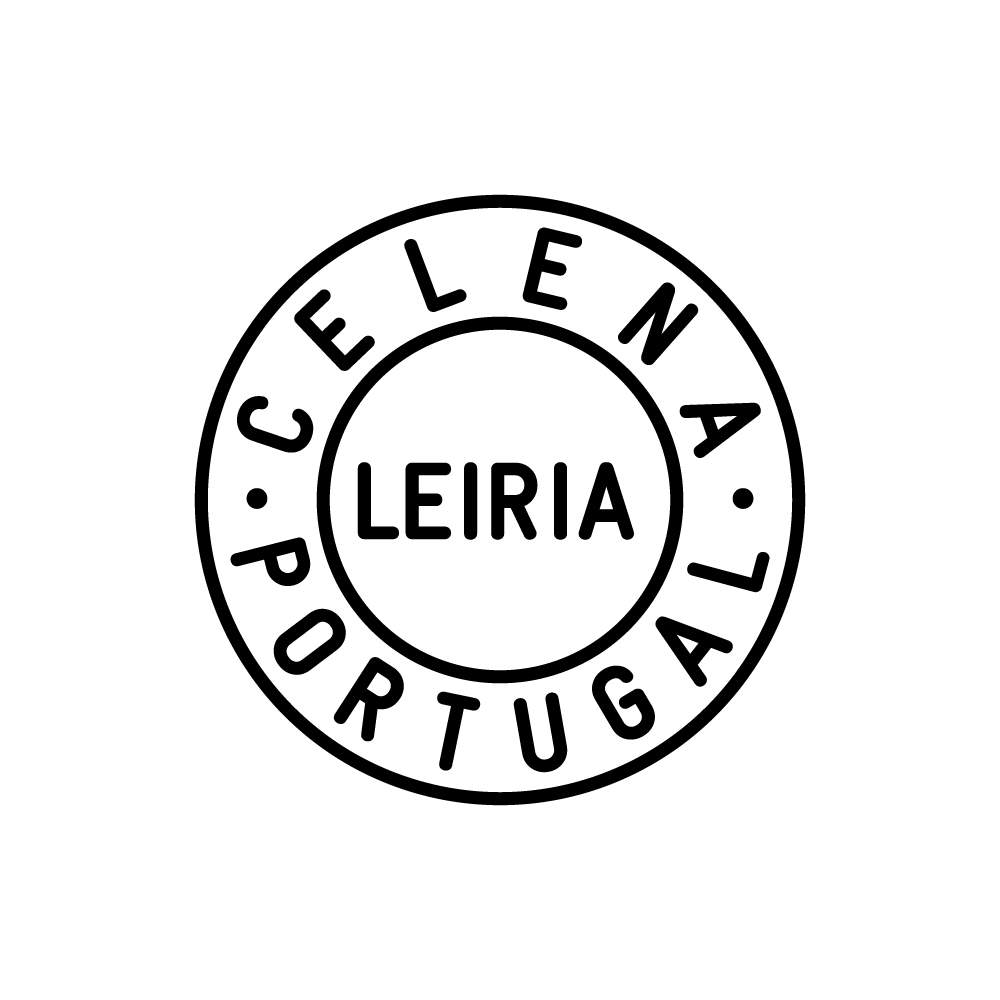ABRIL050 (2ª edição)
ABRIL050 (2ª edição)
Azulejo comemorativo dos 50 anos do 25 de Abril de 1974
Colaboração Cortiço & Netos x Azulejos Chkyrya de Araújo,
feito em Portugal
Dimensões: 150 x 150 x 5 mm
Commemorative Tile of the 50th anniversary of April 25, 1974
Cortiço & Netos x Azulejos Chkyrya de Araújo collaboration,
made in Portugal
Dimensions: 150 x 150 x 5 mm
2ª EDIÇÃO
A Cortiço & Netos e o atelier Azulejos Chkyrya de Araújo (Tetyana Chkyrya e Pedro Araújo) começaram a trabalhar em conjunto há cerca de três anos. Entre muitos trabalhos de reprodução de azulejos de todo o tipo de técnicas, houve e continua a haver um diálogo constante entre nós a propósito das diferentes e misteriosas maneiras de como os azulejos eram fabricados. Este projecto representa inteiramente esse diálogo.
No seu esquema, o padrão aqui representado inspira-se num azulejo industrial da 2.ª metade do séc. xx da antiga fábrica Sacavém. Esta é a tipologia de azulejo mais representada na Cortiço & Netos desde sempre, à qual aliámos a técnica de estampilha — utilizada nos azulejos de fachada do séc. xix que cobrem Lisboa e muitas outras cidades portuguesas —, que o Pedro e a Tetyana dominam. Chamamos também a atenção para a chacota fina das peças, uma característica dos azulejos industriais do séc. xx.
O 25 de Abril espoletou uma época de mudança no nosso país que também contribuiu para que o nosso fundador e avô começasse a sua actividade de recolha de lotes de azulejos apenas cinco anos mais tarde, em 1979. Sem esta data, muito provavelmente não estaríamos cá, ou estaríamos, mas não sabemos de que modo. Sabemos que o diálogo foi nos tempos da ditadura reprimido e castigado. Esperamos assim conseguir celebrá-lo. Em homenagem da efeméride, foram produzidos 50 exemplares numerados.
2ND EDITION
Cortiço & Netos and Azulejos Chkyrya de Araújo atelier (Tetyana Chkyrya and Pedro Araújo) started working together about three years ago. Between many projects reproducing tiles in all kinds of techniques, there was and still is a constant dialogue between us about the different and mysterious ways in which tiles were made. This collaboration fully represents that dialogue.
In its layout, the pattern represented here is inspired by an industrial tile from the second half of the 20th century produced in the old Sacavém factory. This is the type of tile most common at Cortiço & Netos. We have combined it with the estampilha technique – mostly used on the 19th century façade tiles that cover Lisbon and many other Portuguese cities –, which Tetyana and Pedro have mastered. We also draw attention to the fine thickness of the tiles, a characteristic of 20th century industrial tiles.
The 25th of April of 1974 triggered a period of change in our country, which also contributed to our founder and grandfather starting his tile collecting just five years later, in 1979. Without this date, we probably wouldn’t be here, or maybe we would; it’s hard to tell in what fashion. During the dictatorship, we know that dialogue was repressed and punished. We hope that we can celebrate it. In honour of the occasion, 50 numbered tiles were produced.























